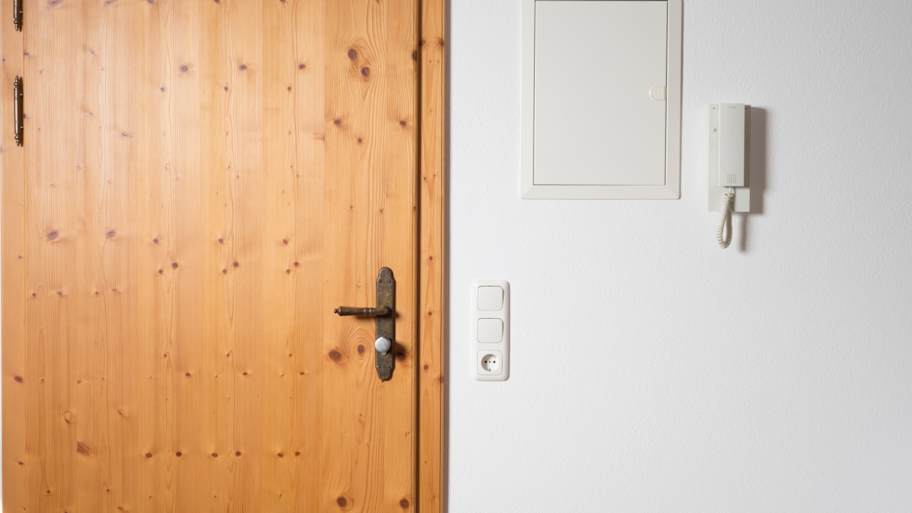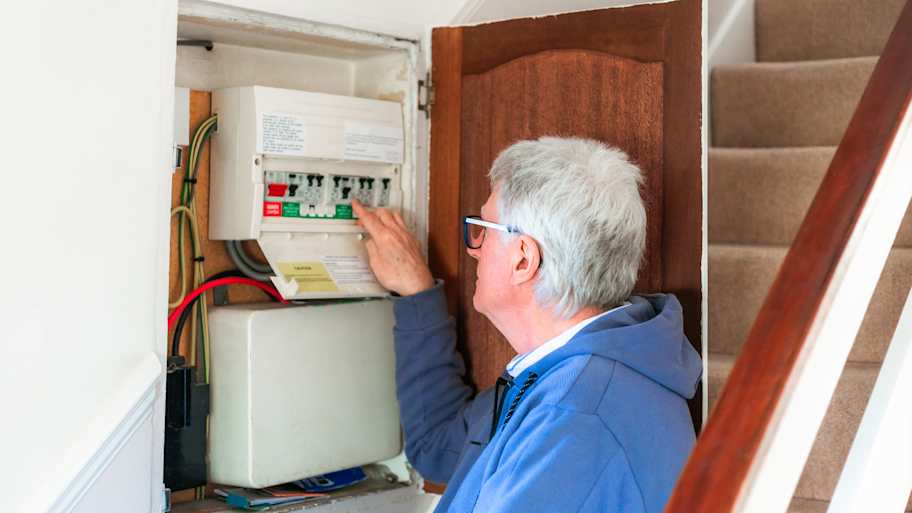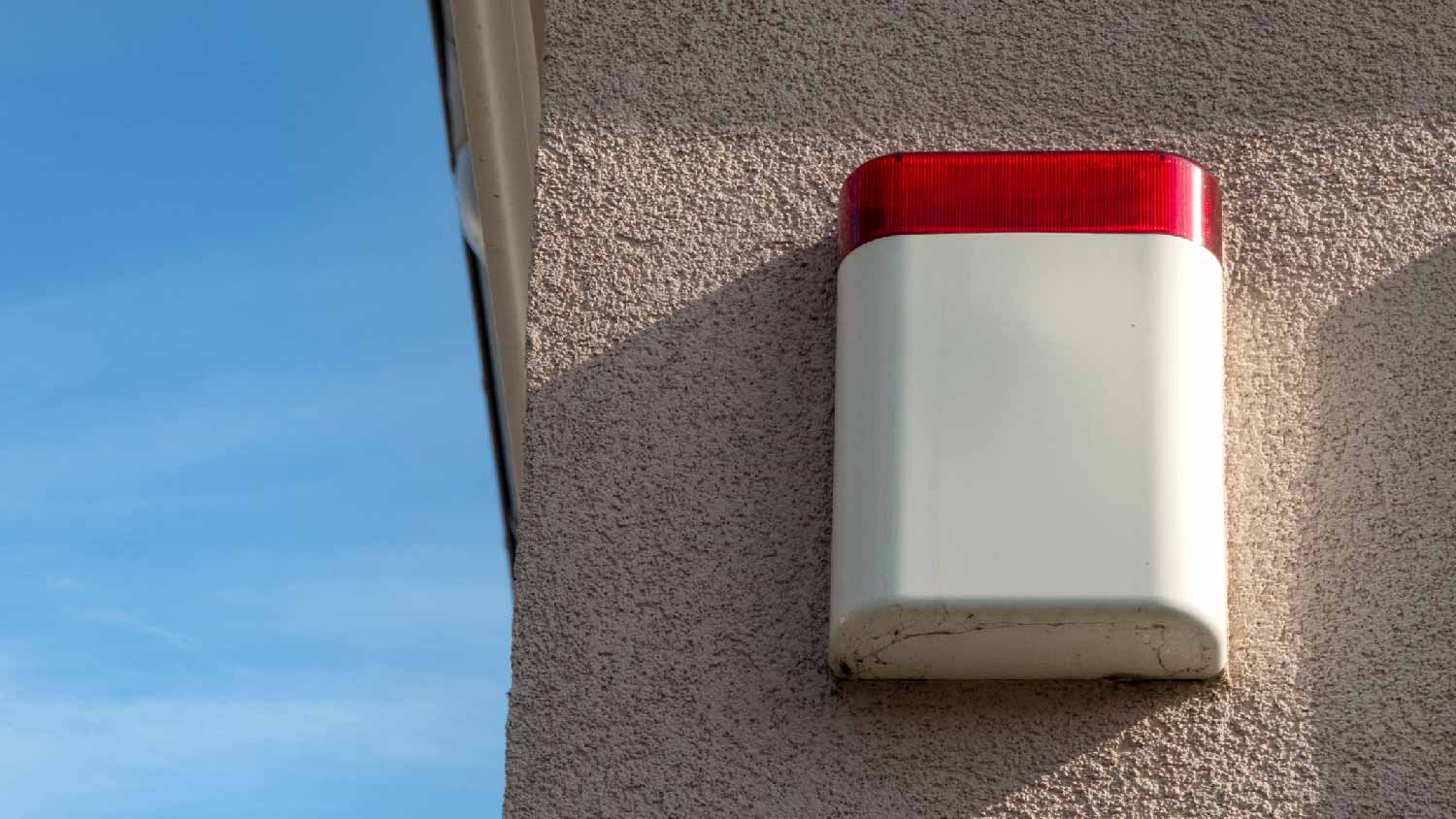
A GFCI outlet can keep your family safe and is relatively inexpensive to install. Learn how much replacing GFCI outlets will cost you, and what factors into those costs.
Make your electrical panel easier on the eyes with these crafty solutions


Your electrical panel is an important part of your home’s electrical system, but unfortunately, it’s not much to look at. However, if you’re willing to get a little creative, there are a few tricks you can use to conceal that bulky metal box (or even transform it into an artistic feature on your wall). Here are five easy ways to hide an electrical panel and preserve your home’s style.
Hanging artwork is a simple and stylish way to cover up an electrical panel. Whether it’s a family portrait, a canvas painting, or a framed print, you can pick something that suits your style and blends in nicely with the rest of your decor. If you go this route, it’s best to use a lightweight piece of artwork so that you can quickly remove it when you need to access your breaker box. Alternatively, you can hang it with hinges (rather than hooks) so that the art swings out from the wall in the same direction as the panel. Some retailers even sell decorative electrical panel covers (designed to look like wall art) just for this purpose.
Room dividers or folding screens are a fun and fashionable option for concealing an electrical panel. Plus, they’re designed to be moved around, so they’re easy to set aside if you need to flip a breaker or hire an electrician near you to work on your home’s electrical system.

Painting the outside of your electrical panel is another way to make it less of an eyesore—without putting artwork, screens, or anything else in front of it. You can keep things simple by painting the panel the same color as your walls, or you can flex your creative muscles by painting a mural that incorporates the panel into its design.
Before you paint your electrical panel, keep these safety tips in mind:
Be sure to only paint the electrical panel cover (and not the inside).
Don’t use spray paint or get paint on the inside of the panel.
Avoid painting over any labels or safety information.
After you finish painting, make sure you can still open and close the panel door normally.
Like paint, wallpaper is an artistic solution for masking an unattractive electrical panel. You’ve got options here, too—including hanging wallpaper on the entire wall (including on the outside of the panel) or just wallpapering the panel door.
When putting wallpaper on your electrical panel, you should follow the same safety guidelines we mentioned earlier. It’s especially important to keep the wallpaper on the outside of the panel and make sure it opens and closes properly when you’re done.

If you know how to work with wood and you’re up for a DIY project, you can build a custom cabinet to go around your electrical panel. Since you’re designing it, you can decide if you want a standalone cabinet intended specifically to hide your panel or a spacious built-in cabinet and bookshelf system that takes up your entire wall.
Not much of a DIYer? No worries. You can look online to find a cabinet that’s designed to conceal your breaker box. You can also buy a prefabricated cabinet and cut out or remove the back panel for easy access to your electrical panel.
From average costs to expert advice, get all the answers you need to get your job done.

A GFCI outlet can keep your family safe and is relatively inexpensive to install. Learn how much replacing GFCI outlets will cost you, and what factors into those costs.

Electrical subpanels allow you to use appliances and electronics safely. This cost guide explains the important factors to consider when installing a subpanel.

Looking to size up your electrical system to cover higher usage and improve efficiency? Use this guide to see the cost to upgrade an electrical panel.

If you want the convenience and peace of mind they bring, learn how to install smart light switches to control your home’s illumination from any location.

Flickering lights and breaker trips can be a sign that it’s time to replace a circuit breaker. Find out the cost, safety tips, and how to replace a circuit breaker.

Removing an alarm system may require the assistance of a professional electrician. Find out the average cost to remove old house alarms.